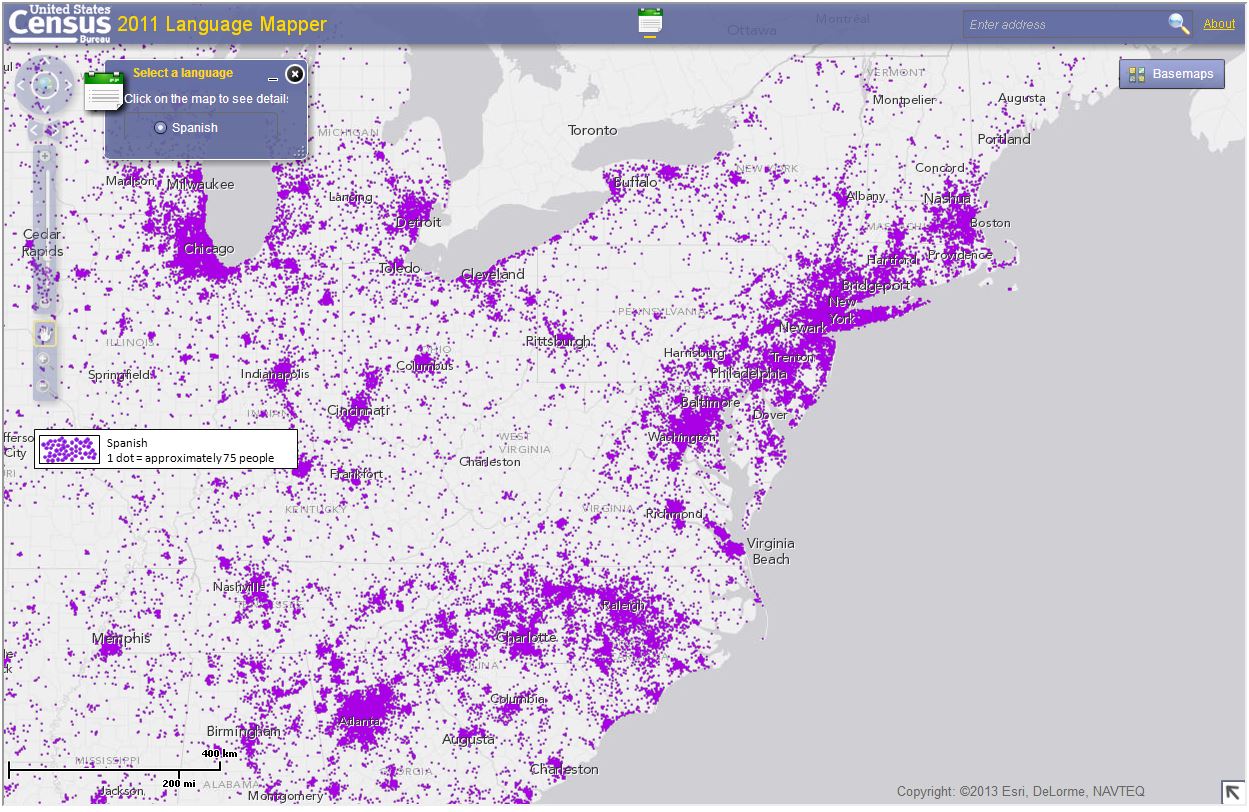Crime Statistics in 2012: Where does Virginia stand?
Have you noticed how many television channels currently have programs with story-lines woven around crime or law enforcement? With so many police dramas and crime series floating around the pool of broadcasting networks, I couldn’t help but wonder what the recent crime statistics looked like in the real world. These numbers are quite important because […]












